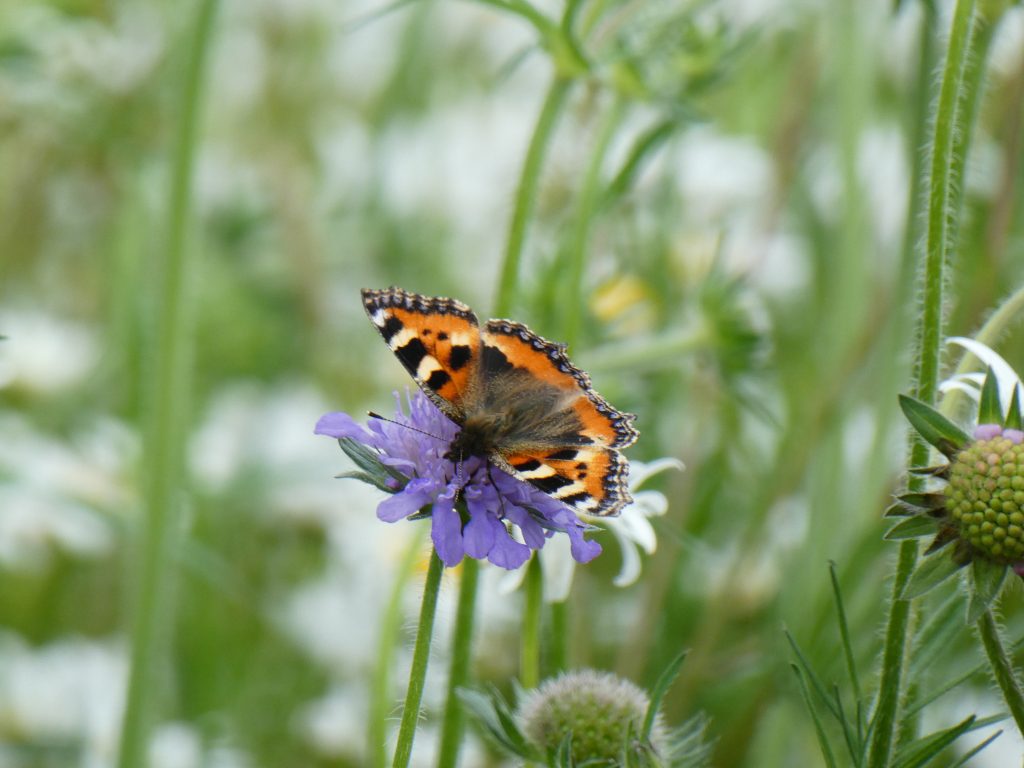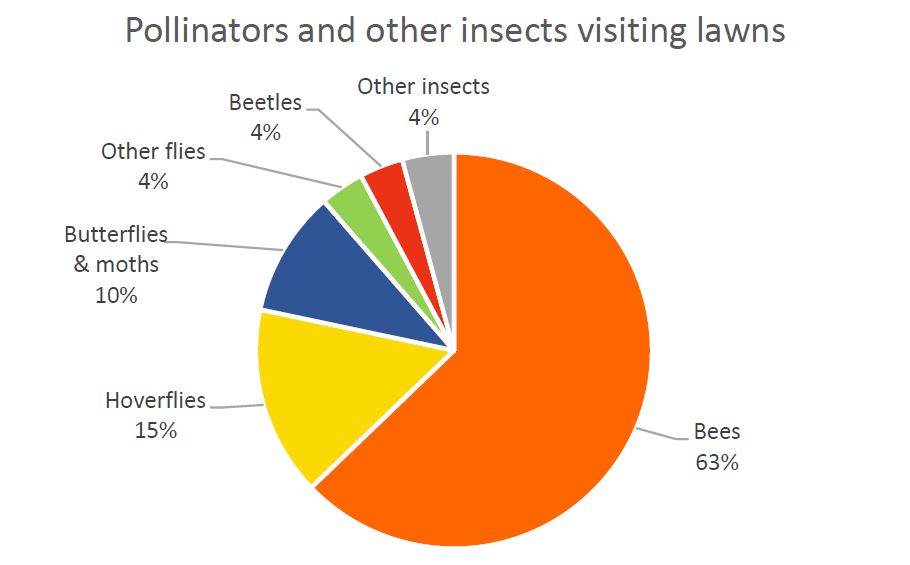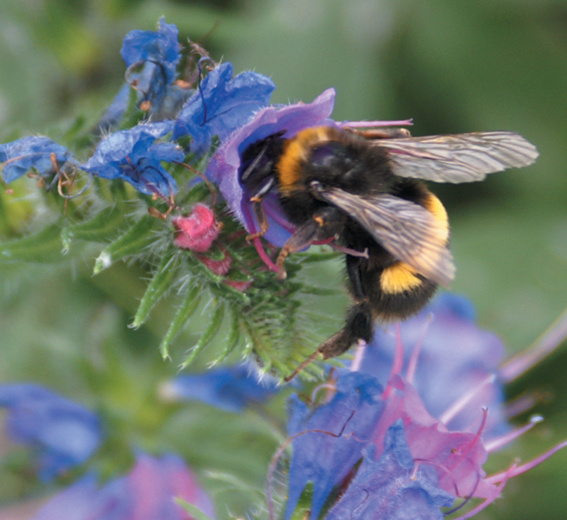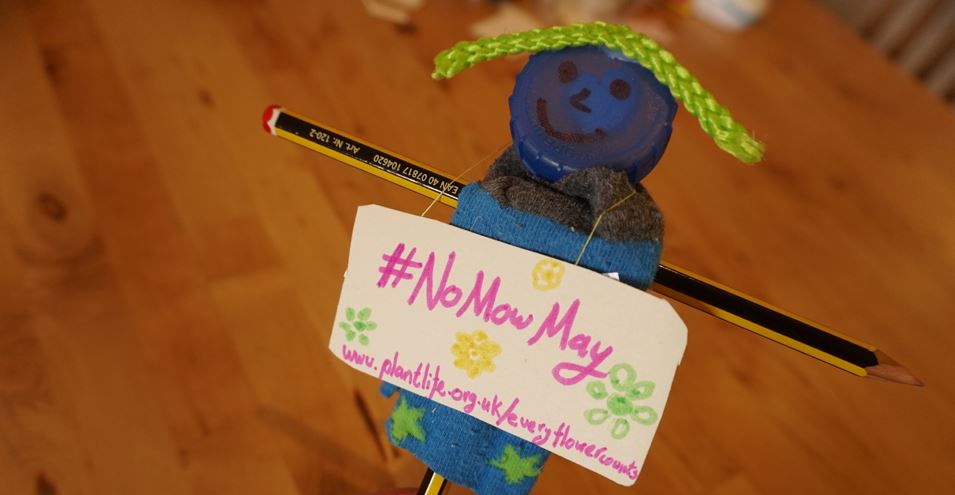Leave the mower in the shed this month and help local wildlife thrive.
With the easing of lockdown, many of us have raced fervently to the hairdressers. And while it may also be tempting to think about giving our lawn a haircut as well, there are immense garden wildlife benefits to be gained if we leave the mower in the shed for a few more weeks.

British conservation charity Plantlife is encouraging the lawn-loving public to get involved in their Every Flower Counts campaign. Touted as the largest-ever survey of the humble lawn, citizen scientists across the UK are being called upon to take part and get up close and personal with their own patches of green space this month.
Previous campaigns by Plantlife have revealed some fascinating insight. Not only is there an astonishing diversity of wildflowers growing on Britain’s lawns but, incredibly, simple changes in mowing can result in enough nectar for ten times more bees and other pollinators.

Every Flower Counts has previously found that 80% of lawns supported the equivalent of around 400 bees a day from the nectar sugar produced by flowers such as dandelion, white clover and selfheal. But 20% of lawns (dubbed “superlawns”) were found to be supporting 10 times as many – up to 4,000 bees a day.
Plantlife’s Every Flower Counts project can also quantify the amount of nectar sugar being produced on our lawns. This National Nectar Score shows that in 2019 the average lawn produced 12 grams of nectar sugar per day, enough to support 1,088 honeybees. When all the lawns in the survey were combined, they were producing 23 kg of nectar sugar per day. That’s enough to support 2.1 million – or around 60,000 hives – of honeybees.

These findings also pave the way for new guidelines on how to manage our lawns for wildlife. Dr Trevor Dines, Plantlife’s Botanical Specialist, explains: “In any garden, big or small, we’d now advise keeping two lengths of grass. Leave some patches completely unmown to let taller flowers come into bloom. For the rest of the lawn, you can keep the grass shorter by mowing once every month to a height of 1 or 2 inches. You’ll cut off some flowers when you do mow but they’ll come back quickly; you can even rotate patches around your garden so there are always some areas in flower. For flowers, bees and butterflies there is one lawn ‘haircut’ that really suits: the mohican. Most should be given a monthly cut to boost short sward plants but there should also ideally be an area set aside for longer grass where floral diversity abounds.”
The National Trust are supporting this year’s No Mow May by issuing a ‘scaremow’ challenge. A new take on the traditional garden scarecrow and a great way of enlisting children to the cause, a scaremow can be constructed from plant pots, old clothes and anything else that you may have lying around the house.

Ready to get involved? Taking part in this year’s Every Flower Counts campaign is very simple:
- Simply leave your mower in the shed for No Mow May and let the flowers grow. (And make yourself a ‘scaremow’ to ensure your mower doesn’t venture out!)
- From 22nd May to 31st May take part inEvery Flower Counts by counting the number of flowers in a random square metre of your lawn. The animation here shows what to do.
- Enter your counts on the website and instantly receive your very own Personal Nectar Score, showing how much nectar is being produced by the flowers on your lawn and how many bees it can support.
Like some more information? Visit Plantlife’s designated No Mow May page here and check out the National Trust’s brilliant ‘scaremow’ instructions here.
We’d love to hear how you have supported No Mow May this year so do email us at wildflower@wildflowerturf.co.uk or tag us on social media. We’ll even award a prize for the best ‘scaremow’ so put that mower away and get constructing!